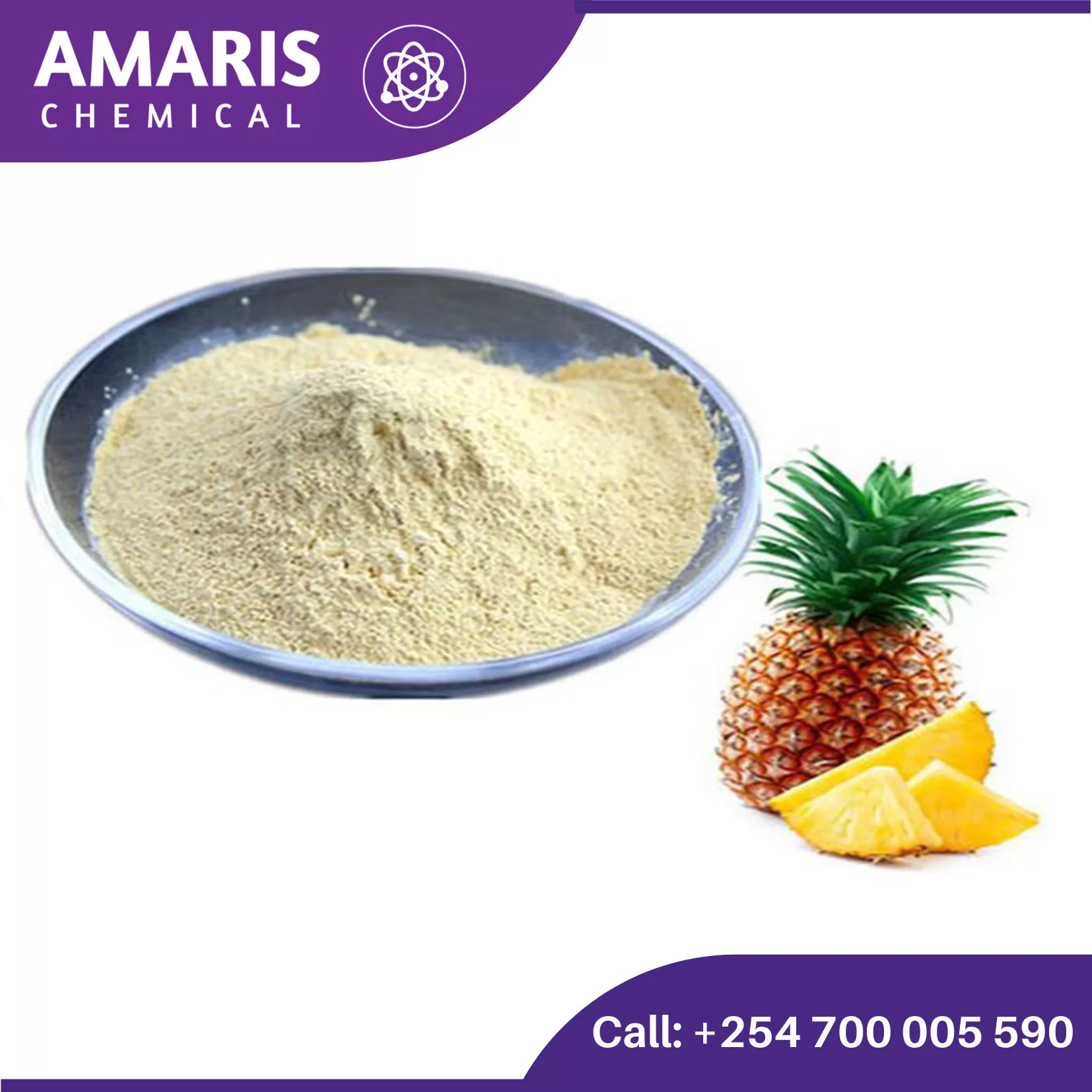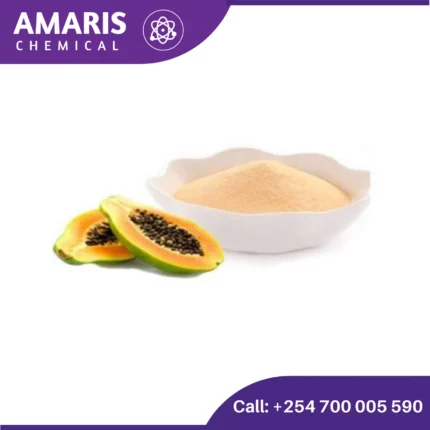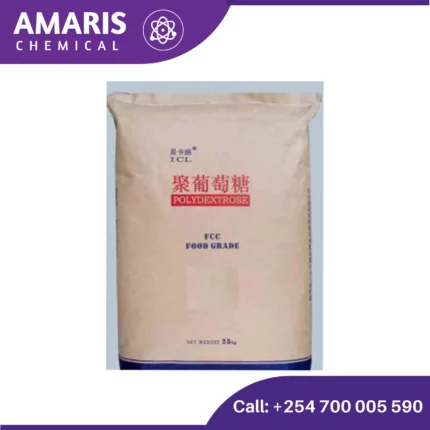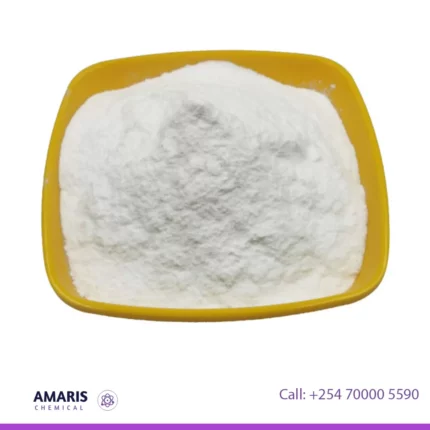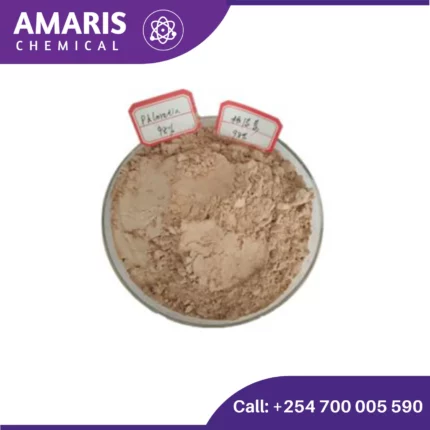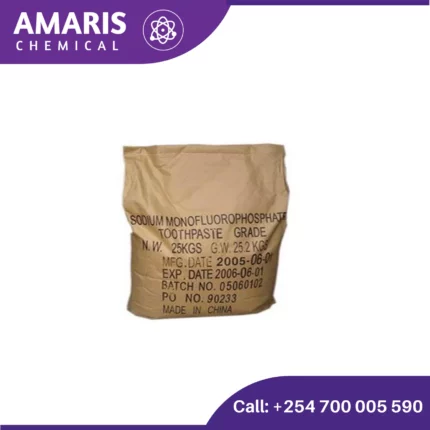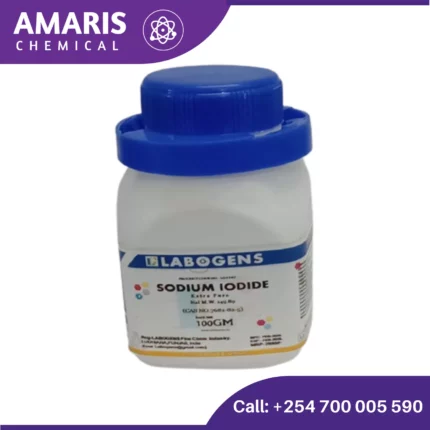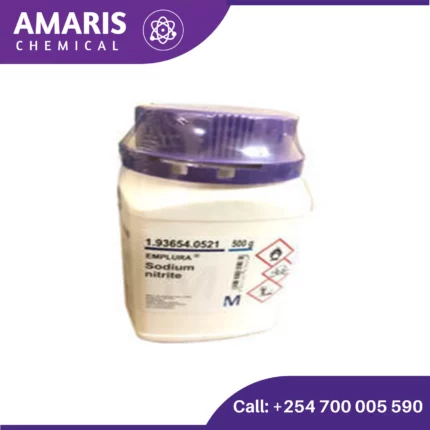Shipping & Delivery
Related products
Beta Arbutin
KSh0.01
Beta arbutin, also known as β-arbutin, is a naturally occurring compound derived from plants, primarily bearberry plants. It is a glycosylated form of hydroquinone and is widely used in the skincare and cosmetic industry for its skin brightening and lightening properties.
Beta arbutin works by inhibiting the enzyme tyrosinase, which is involved in the production of melanin, the pigment responsible for skin color. By reducing the activity of tyrosinase, beta arbutin helps to diminish the formation of melanin, thereby reducing the appearance of dark spots, hyperpigmentation, and uneven skin tone.
What sets beta arbutin apart from regular arbutin is that it has a higher stability and is considered to be a safer alternative due to its reduced potential to convert into hydroquinone. Hydroquinone, although effective in lightening the skin, has been associated with potential side effects such as skin irritation and long-term skin damage.
Overall, beta arbutin is widely valued in the skincare industry for its skin brightening and lightening effects, making it a popular ingredient in various skincare products targeting hyperpigmentation and uneven skin tone.
Menthol crystals
KSh0.01
Menthol crystals refer to solid, colorless, and translucent substances derived from the natural compound menthol, which is obtained primarily from peppermint or other mint plants. These crystals are known for their distinctive cooling sensation and minty aroma.
Menthol crystals are composed mainly of menthol, a cyclic alcohol, and possess various properties that make them widely used in the pharmaceutical, cosmetic, and food industries. They are soluble in alcohol and oils but only sparingly soluble in water. When applied or inhaled, menthol crystals produce a cooling and soothing effect on the skin or mucous membranes, resulting in a refreshing sensation.
Their versatility and pleasant sensory properties make menthol crystals a popular ingredient in numerous products, including ointments, creams, balms, toothpaste, chewing gum, lozenges, and more. They are frequently used to provide relief from minor skin irritations, respiratory congestion, and oral discomfort.
Powder Sodium Mono Fluoro Phosphate [Na2PO3F]
Sodium monofluorophosphate (Na₂PO₃F), commonly abbreviated as SMFP, is a compound used in dental care products, particularly toothpaste, for its anti-cavity properties. Here are some key points about it:
- Chemical Composition:
- Formula: Na₂PO₃F
- Molar Mass: 143.95 g/mol
- Appearance: White, odorless powder
Sodium Iodide 100gm
Active Pharmaceuticals Ingredients, Analytical Reagents, Disinfectants and Biocides, Microbiology and Cell Culture Reagents
Sodium iodide is a chemical compound with the formula NaI. It appears as a white, crystalline solid and is highly soluble in water. Sodium iodide is often used in medical imaging as a tracer, in the manufacture of iodine-containing compounds, and in certain laboratory applications. It can also be used as a dietary supplement to prevent iodine deficiency. In its pure form, it's generally considered safe, but it should be handled with care to avoid ingestion or inhalation of dust.
Sodium Nitrite 500gm
Sodium nitrite (NaNO2) is an inorganic compound composed of sodium and nitrite ions. It appears as a white to slightly yellowish crystalline powder and is highly soluble in water. Sodium nitrite is commonly used as a food preservative and color fixative in meats and fish, as it inhibits the growth of bacteria and maintains the red-pink color of cured products. In addition to its use in the food industry, sodium nitrite serves various roles in industrial processes, such as in the manufacturing of dyes, rubber chemicals, and pharmaceuticals. It also finds applications in wastewater treatment and corrosion inhibition. However, sodium nitrite must be handled with care due to its toxic and potentially carcinogenic properties when ingested in large quantities.
Trypsin 100gm
Trypsin is an enzyme that plays a crucial role in digestion. It belongs to a class of enzymes called proteases, which break down proteins into smaller peptides and amino acids. Trypsin is produced in the pancreas as an inactive precursor called trypsinogen, which is then activated in the small intestine by another enzyme called enterokinase.
Once activated, trypsin catalyzes the hydrolysis of peptide bonds in proteins, specifically targeting the carboxyl side of the amino acids lysine and arginine. This process is essential for the digestion of proteins into smaller peptides and amino acids, which can be absorbed by the intestines for nutrient uptake.
Trypsin is also used widely in biochemical research and biotechnology, particularly in protein analysis and manipulation. Its ability to selectively cleave peptide bonds makes it a valuable tool for studying protein structure and function.

